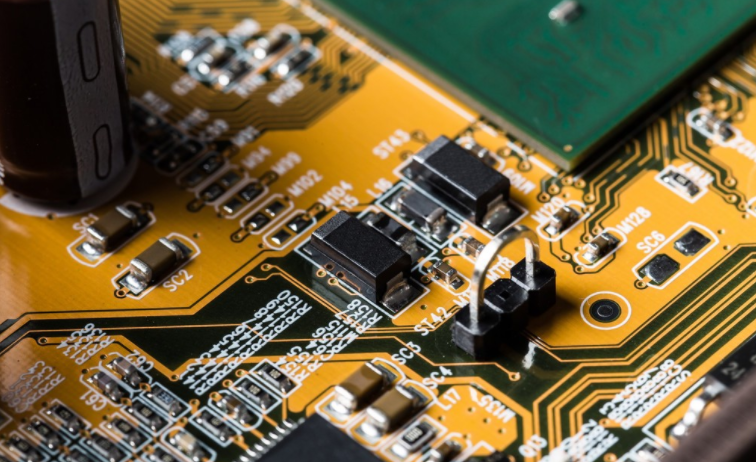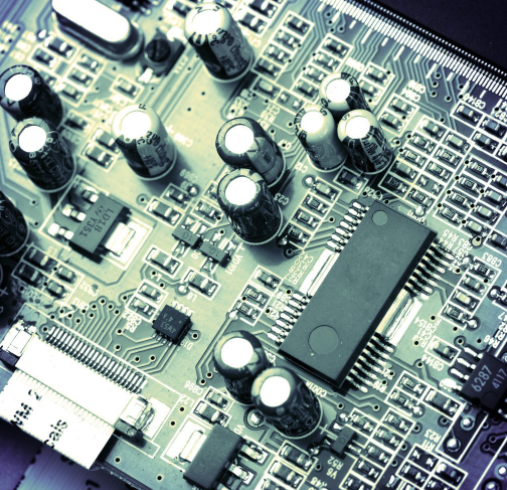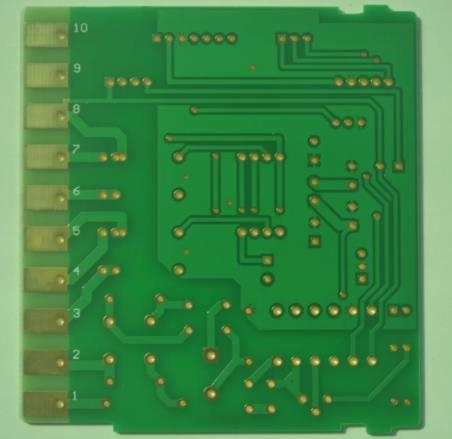

DielectrIC constant of printed circuit board at millimeter wave frequency
The dielectric constant (Dk) or relative dielectric constant of a PCB The material of a circuit board is not a constant, although it looks like a constant from its name For example, the dactyl of data varies with frequency SIMilarly, if different dactyl test methods are used on the same data, different dactyl values can also be measured, even if these test methods are accurate As more and more circuit board information is used for millimeter wave frequencies, such as 5g and advanced driving assistance systems, it is very important to understand the changes of Dake with frequency and which Dake test method is "appropriate"
Although IEEE and international oil companies have professional committees to discuss this issue, there is no standard industry test method to measure the data of circuit board at millimeter wave frequency, which is not because of the lack of measurement methods. In fact, Chen et al. 1. published a reference describing more than 80 methods for testing Dakota. However, no method is ideal. Each method has its advantages and disadvantages, especially in the frequency range of 30 to 300 GHz.
Circuit test and raw material test
Generally, there are two main test methods used to determine the circuit board data of Dake or Df (loss tangent or brown): raw material measurement, or measurement in the circuit made of data.
Circuit board

As the testing of raw materials depends on high quality and reliable testing fixtures and equipment, the values of Dake and Df can be obtained by directly testing raw materials Circuit based testing usually uses common circuits and selects data parameters from circuit performance, such as measuring the center frequency or frequency response of the resonator Raw material testing methods usually introduce uncertainties related to test fixtures or test equipment, while circuit testing methods include uncertainties related to test circuit design and processing technology Because these two methods are different, the measurement results and accuracy levels are usually inconsistent
For example, the ten band and band clamped stripline test method defined by the international oil company is a raw material test method, and its results are inconsistent with the dactyl results of circuit tests with the same data Clamping stripline material test method is to clamp two pieces of material in a special test fixture (MUT) to build a stripline resonator. In the thin resonator circuit of the material under test (MUT) and the test fixture, the presence of air will reduce the measured Dk. If the printed circuit board data of circuit test is carried out on the same machine, the measured dactyl is different from that without air entrainment For high-frequency circuit board data with a dack tolerance of ± 0 050 As determined by the raw material test, the circuit test will obtain a tolerance of about ± 0. 75
The circuit board data is anisotropic, usually with different dactyl values on 3 data axes. Dacromet values usually have a SMAll difference between the x (x) axis and the y axis. Therefore, for most high-frequency data, dacromet anisotropy usually refers to the dacromet comparison between the z axis and the x-y axis plane. Due to the anisotropy of the data, for the same subject data (MUT), the dactyl measured on the z-axis is different from that on the xy company plane, although the test method and the measured dactyl value are "correct".
The circuit type used for circuit test will also affect the value of measured dactyl. Generally, two types of test circuits are used: resonant structure and transmission/reflection structure. Resonant structures usually provide narrowband results, while transmission/reflection tests usually provide broadband results. The method of using resonant structures is usually more accurate.
Examples of test methods
A typical example of raw material testing is the ten band clamped stripline method It has been used by high-frequency PCB manufacturers for many years, and is a reliable method and material for determining Dk and Df (tan ?) on the z-axis of circuit boards It uses a jig to make a loosely coupLED stripline resonator of a material under test (MUT) sample. The measured quality factor (Q) of the resonator is no-load Q, so the calibration of cables, connectors and clamps has little influence on the final measurement results Before the test, all copper foils of the CCL need to be etched, and only the dielectric raw material substrate needs to be tested The circuit raw materials are cut to a certain size under specific environmental conditions and placed in the clamps on both sides of the resonator circuit
The above is the explanation given by the editor of PCB circuit board company.
If you want to know more about PCBA, you can go to our company's home page to learn about it.
In addition, our company also sells various circuit boards,
High Frequency Circuit Board and SMT chip are waiting for your presence again.
然后
聯系
電話熱線
13410863085Q Q

微信

- 郵箱











